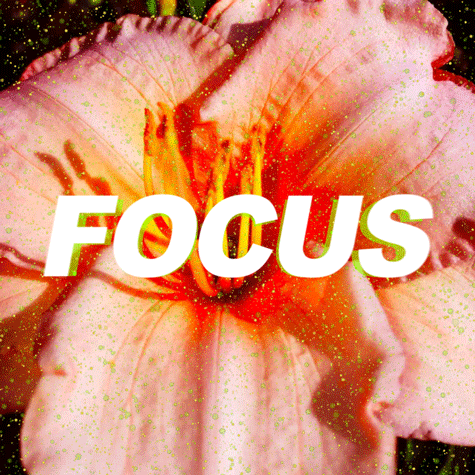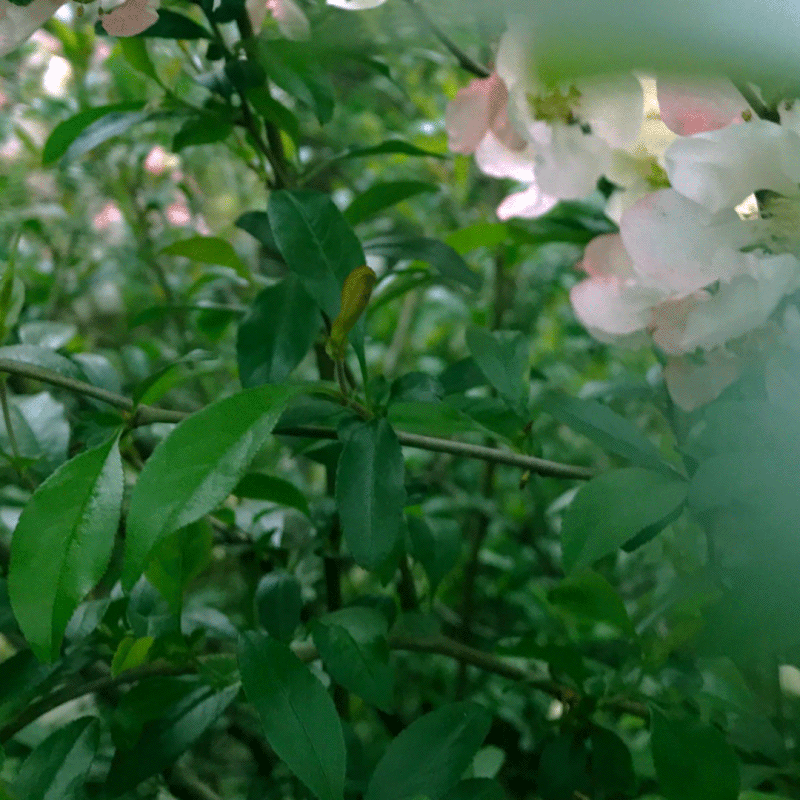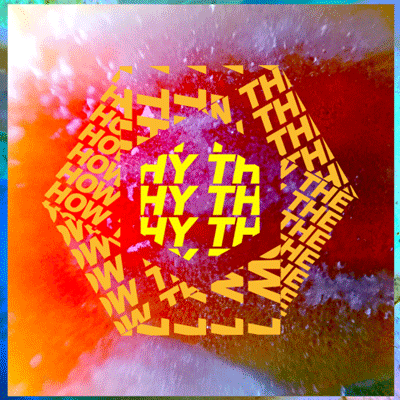Focus – How to Not Get Sucked Into The Mud Puddle You Don’t Want To Be In
FOCUS.
We tend to get the most entangled with the things we want the least. When we push against something, we often energetically produce more suction towards it.
This may seem upside down, but, when we take a look at how energy works —
it actually makes a lot of sense.
— — —We use the words “generate”, “generator” and “generation” interchangable with the words “create”, “creator” and “creation”
Focus In The
Accurate
Direction…
Not The
Opposite
Focus is an essential part of how we generate energy. When we want to prevent an event or experience from happening, but continuously focus our thoughts towards it — we continue to send energy in that direction.
Energy moves in the path we focus in, not the opposite of where we tell it to go. If we are about to fall over the edge of a cliff, we direct our full attention to getting ourselves onto more solid ground — not the opposite.
The same goes when we want to boil water; we then do not focus on how to make ice.
Do you see the correlation? Focusing on the other end of the spectrum never gets us the results we seek.
How Forceful
Resistance
Does Not
Produce The
Answers We
Want
Another factor at play is comparable to a practice football players engage in: Player one produces as much resistance as they can while holding up a shield. Player two’s goal is then to oppose them by pushing as hard as they are capable. When player two accomplishes the task, not only have they pushed their opponent, shield, and resistance out of the way; they have also moved themselves into player one’s territory by their projection of force.
When we do not want something to happen we become player two, the one who produces a lot of force; focusing all our energy on moving “the issue” out of our way no matter what.
By taking this approach, we unintentionally dig ourselves deeper into the territory of the issue we are trying to avoid. Instead of releasing the energy stuck in our system, we have now become more deeply entangled with it.
We can see how this works by observing the way kids act. When an adult tells a kid not to do something, they actually fire up the kid’s curiosity and attention. The command enables the kid’s focus to discover what the parent wanted them to avoid. The command of, “Don’t do this!” opens up our brain to new possibilities.
“Don’t make ice!” does not activate our brain to say, “Hey! Let me go boil some water!” It activates, “Why shouldn’t I make ice???” The kid, and our brain, goes through a process of considering why we should not do something; we conduct a query based on the priorities stored within our energetic system, and our focus dictates the query’s starting point:
Why can’t I make ice?
What should I be doing instead of making ice?
Do you notice that in each question, we are still including the word “ice” — the one and only word that we were not supposed to focus on.
Instead of simply pushing against something, we must shift into a higher understanding.
This means, direct our energy where we need it to go, to what it should be doing. Meaning, we have to shift our focus towards, “What kind of scenario do I want?” Alternatively, we can also choose to step back and observe before we decide what we want to do.
How To Avoid
The Mud Puddle
Altogether
If you try to avoid the mud puddle by intensely staring it down — out of the blue, something is going to happen that pushes you in head-over-heels. Try telling a kid that they can’t jump in the rain-puddles…
Instead of avoiding by actively focusing on the situation (notice how those actions don’t make sense), let us start by evaluating the situation:
What is it about the mud puddle that I don’t like?
What is it I don’t want to happen?
Can I move through this puddle without getting all soaked?
What is the cost of getting stuck in the mess?
While doing this brief analysis, it is important to sense your body; you can do this by rubbing your fingers or using each breath to observe your rib cage. After this initial evaluation, we better understand why we are (or aren’t) attracted to the messy situation.
Now, it is time to observe the surrounding reality, outside of our issue. In doing this, we notice that the puddle of mud is a tiny fraction of everything in existence — not the gigantic ocean it once seemed. By shifting our focus, we perceive all the other things are happening: a forest, flowers, animals, a breeze, the sun, the beach, the sea, rain, loud cars, buzzing streets, etc.
So many elements at play, and here we are worrying (focusing) about the smallest piece of the lot.
“… we will notice that the puddle of mud is a tiny fraction of everything in existence — not the gigantic ocean it once seemed.”
words and artwork by Kissey Asplund
© Generation Watts — all rights reserved.
Read our terms & conditions
Kissey Asplund is a creative consultant specializing in the process of generation & creative subatomic energy. She is the founder of the creative wellness hub Generation Watts, and has gained international recognition as a music producer, multi-disciplinary artist and DJ. Her journey of researching how to use meditation to enhance creativity began at 17. Today, she teaches others how to connect to their inner superpower and hone their creative-mastery. Learn more about her virtual creative consulting service: The Equation Sessions™


















